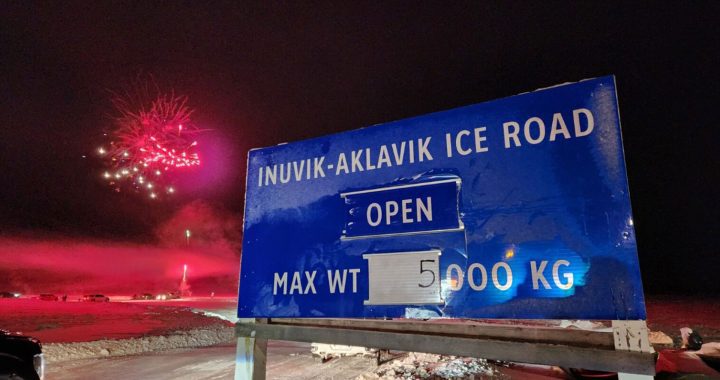By Delaney Windigo
APTN National News
Dawn Sero sits on the couch holding a large framed photograph of her daughter smiling.
“This is Paula. This was taken last November,” says Sero wiping away tears from below her left eye. “Two months later is when she was diagnosed.”
Paula had leukemia. She died five weeks ago.
The family first got the devastating news two days after taking Paula to the hospital with a nose bleed.
Soon, though, Sero would make another discovery. Paula wasn’t the only child with leukemia on the Tyendinaga Mohawk Territory about 30 minutes east of Belleville, Ont.
“We met another family. Their daughter was three and we just come to find out they didn’t live too far from us. She was diagnosed in December, the month before. We met another little boy, just by fluke, who happened to be my nephew’s neighbor and he was also diagnosed a month before Paula, same area,” said Sero. “Paula, she was very quiet, reserved. She was a homebody. She was a good student.”
The number of other cases is now at four.
Shawn Brant is one of the other parents dealing with the weight of the world on their shoulders. Faced with the fact their child is fighting for their lives long before it ever really began.
“We took her to Toronto because she had a sore elbow. We thought it was just because she was friends with Paula and she was hurting about it, her diagnosis, and …,” Brant says struggling for words. “That’s when … that’s when she was diagnosed.”
Both girls were diagnosed with acute lymphoblastic leukemia.
Brant’s daughter has been at The Hospital for Sick Children in Toronto since the end of June.
“Leukemia is tough. They go through extensive chemotherapy. They have to kill it. Kill the cells,” says Brant. “It’s just one of those things. They either kill it, stop it and you go into remission, or you just don’t come home.”
All children live in a concentrated area and people in the community are searching for answers as to what is behind the cases.
The parents have a hunch. A 2004 environmental report found poor water quality, especially near a dump on the First Nation. The dump sits on fractured limestone.
“Within the bedrock is the aquifer on which the MBQ (Mohawks of the Bay of Quinte) relies to supply drinking water to the private wells throughout the community,” the report states. “Several groundwater studies have identified contamination within the shallow groundwater in the vicinity of the landfill.”
But there is nothing directly linking the water with the cancer. This type of leukemia is common in children says Dr. Mark Greenberg, senior oncologist at The Hospital for Sick Children.
Greenberg says it’s hard to tell whether the cases are high or low. But given the situation with the dirty water he does believe the community needs to be watched.
“It justifies surveillance going forward,” says Greenberg.
There’s no question Tyendinaga has lousy water. The Band is pushing Aboriginal Affairs to provide them with its own water treatment plant.
“This is the first time that we’ve had, to my knowledge, childhood leukemia,” says Chief Don Maracle. “There are a number of elders in the community that have had different forms of cancer, liver cancer being one of them. We do know that those things can be caused by environmental factors and other cases it’s genetic.”
The water at the local school had been a concern says Maracle.
“I’m not sure if that would be a cause of the cancer. We had all of the parameters of the water looked at by the medical officer for Health Canada and he said there would be no health concerns,” he says.











1 thought on “Spike in child leukemia in Tyendinaga raises concern”
Comments are closed.